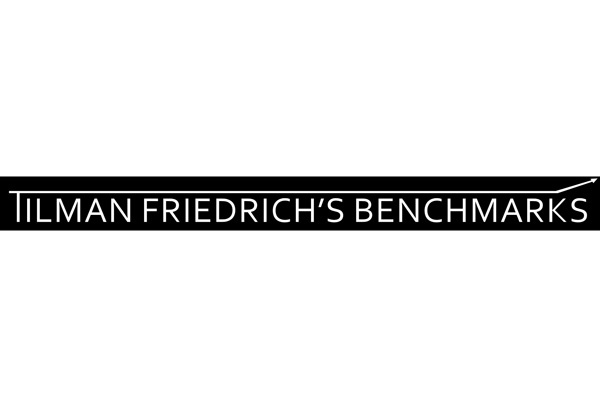
More pain for consumers – Part 1

For many years Namibia’s big brother South Africa, and with it Namibia too, has experienced a tidal lift of its entire financial system. It started off with the commodity run that led to Allshare Index on the Johannesburg Securities Exchange (JSE) growing by a nominal 15.8% per annum from August 1998 to its peak in April 2015, equivalent to a real growth of 8.3%, excluding dividends. And this period includes the financial crisis that saw the index declining from its October 2007 peak of 28,400 to a trough of 16,500 in February 2009.
Foreigners piled into local equities at an annualised rate of between R60 billion and R80 billion. For a long time the Rand held up well on an exchange rate to the US Dollar of between 5 and 8 up until the first quarter of 2012. Interest rates were very low as the result of the US Federal Reserve’s stabilization of its financial system post financial crisis with its large scale asset purchase programme that had money flowing freely across the globe and in particular into commodity based economies like South Africa.
These good times have come to an end now, even though much later than we had anticipated where we expected the Fed to start raising interest rates in 2012. As we know now, this only happened in December 2015. The fact that the Fed stopped its large scale asset purchase programme was largely negated by a virtually simultaneous entry by the European Central Bank with a similar programme.
The anticipated increase of the Fed repo rate in 2015 was the turning point for our financial markets and the tail winds our markets experienced so far abruptly turned into head winds. The Rand has weakened dramatically from a relatively stable level of around 8 to the US Dollar to currently roughly 16 to the US Dollar, foreign equity purchases have virtually dried up, our equity markets are moving sideways with the JSE Allshare Index hovering around 50,000 while local interest rates have already moved up by 0.5% since November 2015. More pain is anticipated for the consumer.
The one prospective saving grace for the local consumer could have been a reduction in the fuel price which has however only been adjusted downward marginally. In Rand terms the barrel of oil has declined from a peak of R1090 in August 2013 to its current level of R 535, a decline of 50%. In a previous Benchmark we already made reference to the fact that local fuel prices actually only declined by around 5% from their peak and that someone is ‘pocketing’ the difference at an estimated rate of roughly N$2 billion per annum. The situation in South Africa will not be much different of course.
We believe that the current crude price is not sustainable and that there are very few if any producers that can still produce profitably at this level. These low price levels at the same impact negatively on commodities in general. Price levels must recover substantially in the not too distant future, but how soon this may be is very difficult to assess. Our guess is that it should recover within the next 12 to 24 months, probably to a level of between 60 to 80 US Dollar per barrel.
Of course, a consumer that is suffering will not invest and will rather use cash resources to reduce debt. This will also impact negatively on local equity markets.
Part 2
Continued next week with investment considerations for the equity market.
Download the complete Benchtest fund investment overview at http://www.rfsol.com.na/benchmark










































